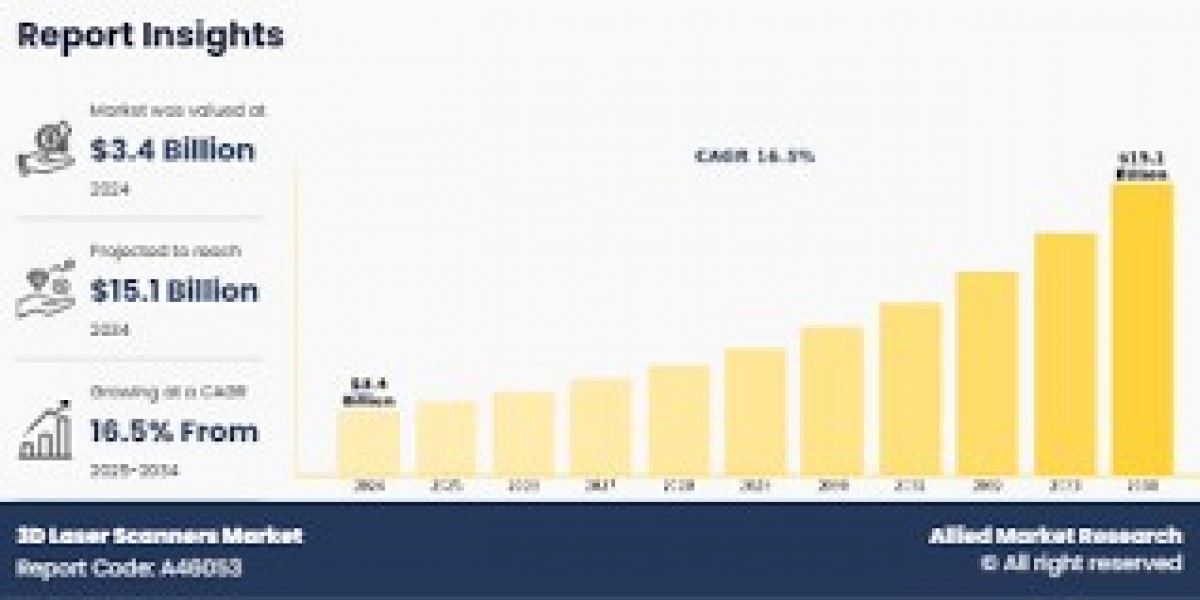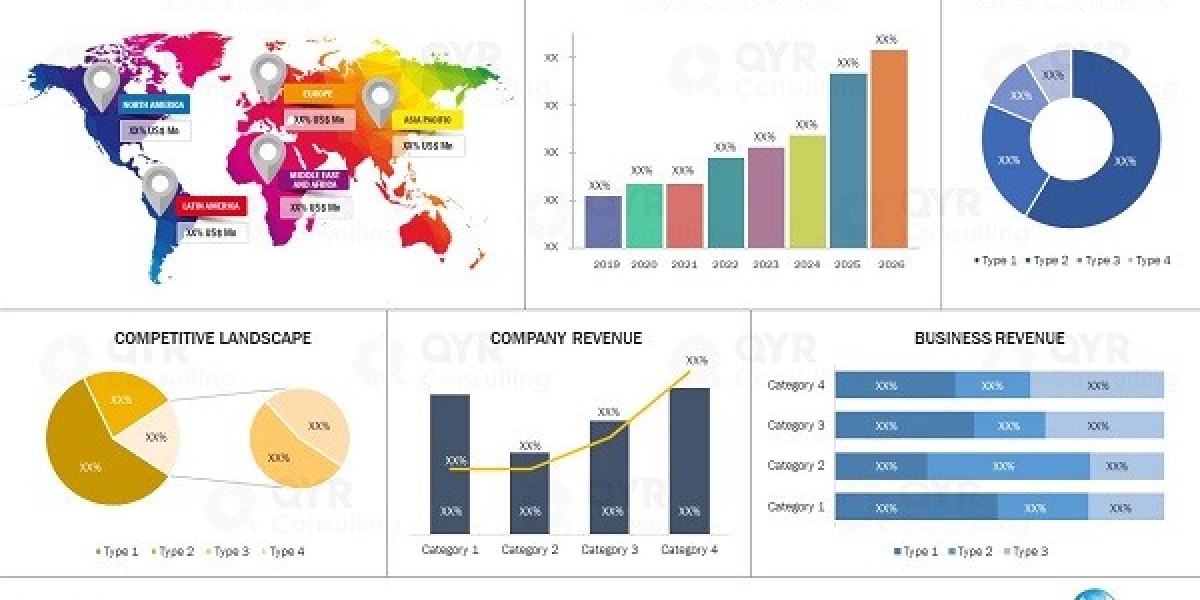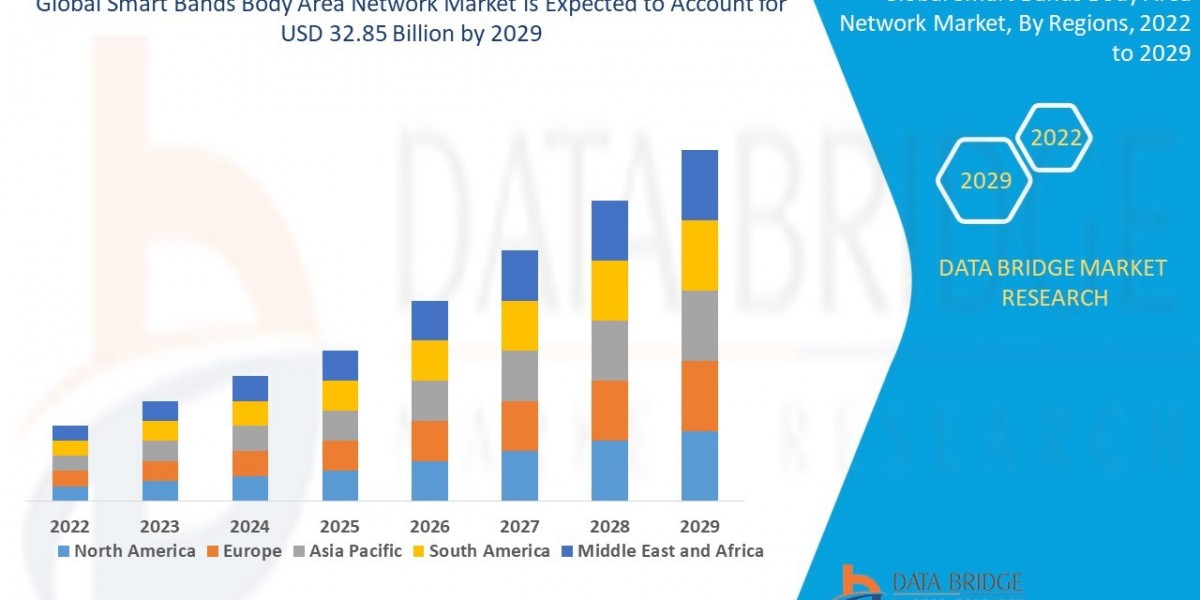For more than half a century, the digital world has been built on the foundation of electronic integrated circuits (ICs), microchips that use electrons to process and transmit information. This has been a remarkably successful model, but as our need for speed and bandwidth continues to grow exponentially, we are hitting the physical limits of what is possible with electricity. The increasing demand for faster data transmission, particularly with the rollout of 5G networks, cloud computing, and AI, has created a bottleneck that traditional electronics cannot solve. A new, more powerful technology is now stepping into the spotlight, promising to take us to the next level.
This is the dawn of the Photonic Integrated Circuit Market. A Photonic Integrated Circuit (PIC) is a microchip that uses light—or photons—instead of electrons to transmit data. By integrating multiple optical components, such as lasers, modulators, and waveguides, onto a single chip, PICs enable a seamless, high-speed flow of information. This fundamental shift from electricity to light offers several key advantages. Photons travel at the speed of light and do not generate the heat that electrons do, allowing PICs to process data faster and with far greater energy efficiency. This makes them ideal for applications where speed, power consumption, and thermal management are critical.
The applications of PICs are diverse and are already making a significant impact. The most prominent is in telecommunications and data centers, where the demand for ultra-high-speed data transfer is relentless. PICs are used in transceivers and other networking equipment to enable faster, more efficient communication over long-haul fiber optic networks and within massive data centers. By reducing latency and increasing bandwidth, they are essential for supporting the immense data traffic generated by cloud services, video streaming, and AI workloads.
Beyond data communications, PICs are also driving innovation in other fields. In LiDAR systems for autonomous vehicles, they are enabling more compact, reliable, and precise sensing. In biomedical and life sciences, they are being developed for "lab-on-a-chip" devices that can perform rapid, on-site diagnostics. As the technology matures and manufacturing costs decrease, PICs are poised to become a ubiquitous component in everything from consumer electronics to quantum computing. They are not just an evolution of integrated circuits; they are a revolution, ushering in a new era of technology defined by the power and speed of light.
Read More
| Metallized Capacitor Film Market |
| MLCC for 5G Smartphones Market |
| Nanophotonics Market |
| Europe Building Automation Systems (BAS) Market |
| North America Building Automation Systems (BAS) Market |








